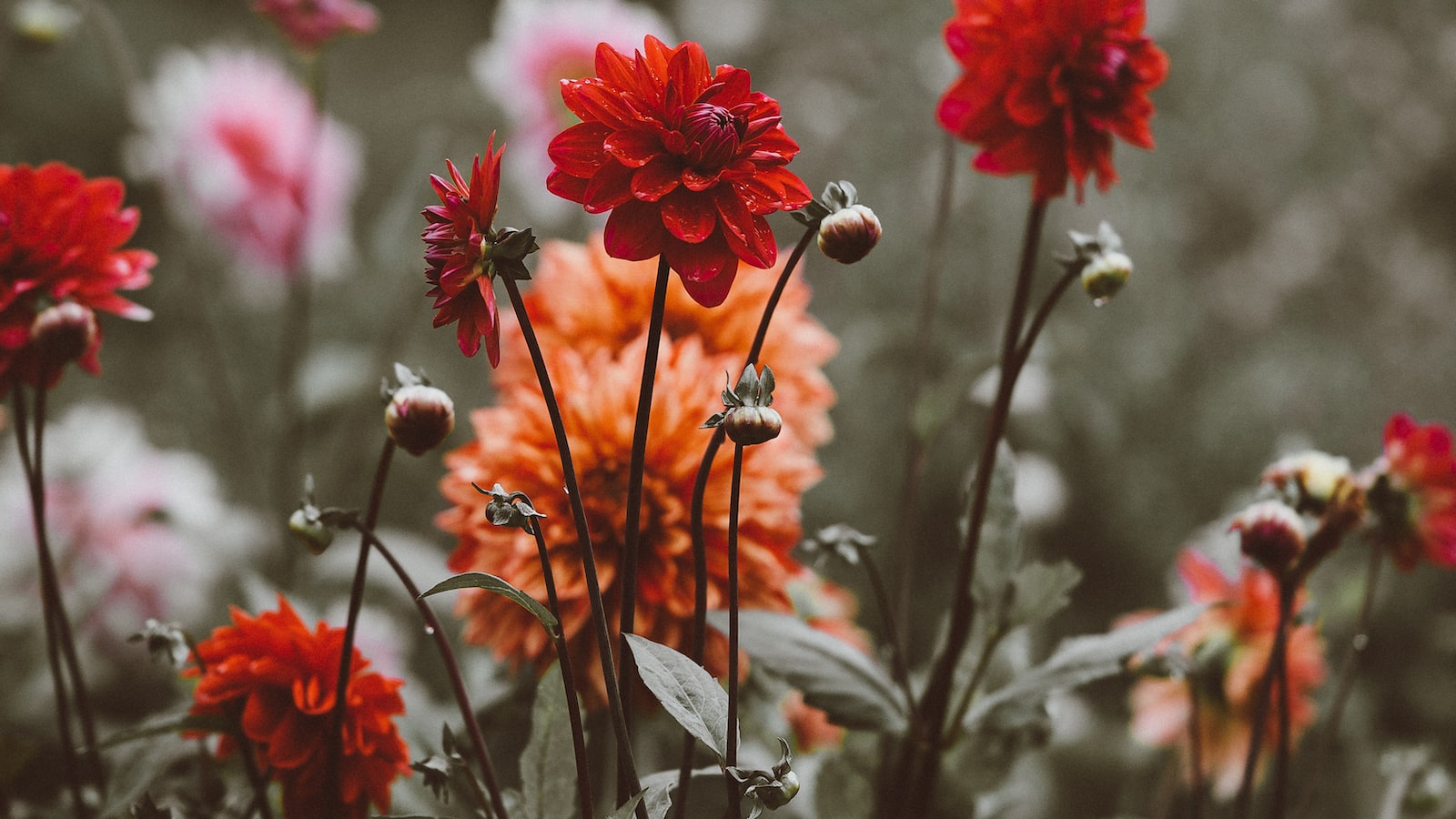In the heart of the Appalachian Mountains, where the wonders of nature dance harmoniously with each passing season, lies the captivating state of West Virginia. Enveloped by lush green landscapes, majestic rivers, and sprawling wilderness, this gem of the East Coast possesses a unique charm that beckons both nature enthusiasts and gardening aficionados alike. As gardening enthusiasts, we often find ourselves asking the question, “What planting zone is West Virginia?” Fear not, for as we embark on this horticultural journey, we will uncover the secret tapestry of West Virginia’s planting zones, exploring the unique microcosms that shape this state’s abundant flora and the secrets nature holds within. So, grab your gardening gloves, prepare your soil, and let us unravel this botanical adventure as we delve into the planting zones that grace the wild and wonderful West Virginia.
West Virginia’s Climate and Planting Zones
West Virginia’s climate and planting zones offer a unique range of conditions for gardening enthusiasts. Understanding the planting zones within the state can help you select suitable plants that thrive in specific temperature and climate conditions. In general, West Virginia is categorized into three USDA Hardiness Zones: zone 5, zone 6, and zone 7.
Zone 5: This zone covers the higher elevations of the state, including areas in the Appalachian Mountains. Winters here are relatively cold, with an average minimum temperature reaching as low as -15°F (-26°C). The growing season is typically shorter, lasting around 135 days. However, this zone is suitable for a wide range of plants such as flowering dogwoods, blackberries, and strawberries.
Zone 6: The majority of West Virginia falls into this zone, which includes cities like Charleston and Morgantown. Winters are cold, but less severe than in zone 5, with average minimum temperatures around -5°F (-20°C). The growing season extends to about 165 days, allowing an abundance of plants to thrive, including herbs like basil and thyme, as well as fruits like apples and pears.
Zone 7: Only a small portion of the state lies in zone 7, located in the southeastern part of West Virginia. Here, winters are milder, with average minimum temperatures around 0°F (-18°C). The growing season extends to approximately 200 days, providing optimal conditions for a variety of plants, including tomatoes, peppers, and okra.
Features and Tips:
| Features | Tips |
|---|---|
| Rich biodiversity with a mix of deciduous and coniferous forests |
|
| Varied terrain, including rolling hills, valleys, and plateaus |
|
| Humid subtropical climate in the southern part of the state |
|

Understanding the Plant Hardiness Zones in West Virginia
West Virginia, nestled in the beautiful Appalachian Mountains, experiences a range of climates and weather patterns. To successfully grow plants in this state, it’s crucial to have a good understanding of the plant hardiness zones. These zones provide valuable information about the climate conditions and help gardeners select plants that are most likely to thrive in their specific region.
In West Virginia, the plant hardiness zones vary from Zone 5 to Zone 7. Zone 5, found in the higher elevations, is characterized by cold and snowy winters, making it suitable for cold-hardy plants such as spruce, hemlock, and rhododendron. Zone 7, on the other hand, can be found in the southern parts of the state and experiences milder winters, providing an ideal environment for a variety of plants including camellias, figs, and Japanese maples.
To make the best choices for your garden in West Virginia, keep these features and tips in mind:
- Plan your garden according to the specific hardiness zone you’re in to ensure you choose plants that can tolerate your region’s climate.
- Consider the microclimate of your area, such as the amount of sunlight, wind exposure, and soil conditions, as these factors can influence plant growth.
- Take advantage of native plants that are naturally adapted to the local ecosystem, as they often require less maintenance and are more resistant to pests and diseases.
- Utilize protective measures like mulching and covering plants during extreme temperature fluctuations to safeguard more delicate species.
- Regularly monitor and adjust watering practices to accommodate the varying weather patterns throughout the year.
- Connect with local gardening communities and experts to learn from their experiences and get advice tailored to the specific region within West Virginia.
Table:
| Features/Tips | Zone 5 | Zone 7 |
|---|---|---|
| Cold-hardy plants | Spruce, hemlock, rhododendron | Camellias, figs, Japanese maples |
| Microclimate considerations | Higher elevations, cold winters | Milder winters, southern parts |
| Native plant advantages | Require less maintenance, pest and disease resistance | Ecologically adapted, low maintenance |

Best Plants for West Virginia’s Diverse Planting Zones
West Virginia, known for its diverse landscapes and rich biodiversity, is situated in planting zones five and six according to the United States Department of Agriculture (USDA) Hardiness Zone Map. This means that the state experiences a range of climates, from the cooler regions in the higher mountainous areas to the milder conditions found in lower lying valleys. With its varied topography and ample rainfall, West Virginia provides an ideal environment for a wide array of plants to thrive.
To make the most of West Virginia’s diverse planting zones, here are some of the best plants that can be grown in this beautiful state:
- Mountain Laurel (Kalmia latifolia): This evergreen shrub is well-suited for West Virginia’s acidic soils and provides stunning pink, purple, or white flowers in late spring.
- Black-eyed Susan (Rudbeckia hirta): With its bright yellow petals and dark centers, this native perennial adds a burst of color to gardens throughout the summer.
- Eastern Redbud (Cercis canadensis): This small tree, known for its pink or purple blossoms in early spring, thrives in West Virginia’s well-drained soils.
In the table below, you’ll find a list of features or tips to consider when selecting plants for West Virginia’s diverse planting zones:
| Feature/Tips | Description |
|---|---|
| Sun Requirements | Ensure plants are suited to the amount of sunlight they will receive in your specific planting zone. |
| Soil Preferences | Consider the pH level and drainage requirements of plants, as West Virginia’s soils can vary throughout the state. |
| Native Species | Choose plants that are native to West Virginia, as they are more likely to thrive in the local climate and support local wildlife. |
By selecting plants that are well-adapted to West Virginia’s diverse planting zones and considering their specific features and growing requirements, you can create a vibrant and flourishing garden that complements the natural beauty of the state.
Tips for Successful Gardening in West Virginia’s Changing Climate
Nestled in the beautiful Appalachian Mountains, West Virginia boasts a diverse climate that can present both opportunities and challenges for gardeners. Understanding the planting zones in West Virginia is crucial for selecting the right plants that can thrive in this state. Due to its rugged terrain and variations in elevation, West Virginia encompasses multiple planting zones, ranging from Zone 5b in the mountains to Zone 7a in the lower elevations. It is important to determine the specific planting zone of your location to ensure you choose plants that are well-suited for the area’s climate and average annual temperatures.
To make the most of your gardening endeavors in West Virginia, here are some valuable features and tips to keep in mind:
| Features/Tips | Benefits |
|---|---|
| Grow Native Plants | Native plants are adapted to the local climate, making them more resistant to weather fluctuations and pests. |
| Utilize Microclimates | Take advantage of the variations in sun exposure and temperature within your garden to create microclimates suitable for different types of plants. |
| Practice Crop Rotation | Rotating your crops each year helps prevent the buildup of pests and diseases in the soil, leading to healthier plants. |
By following these tips and adapting to West Virginia’s changing climate, you can create a bountiful and resilient garden that thrives year after year.
Frequently Asked Questions
Q: What’s the scoop on West Virginia’s planting zone?
A: Dig deeper into the horticultural harmony of West Virginia with these enlightening Q&A tidbits!
Q: So, in which planting zone does West Virginia gracefully bloom?
A: West Virginia twirls with a floral flair, showcasing its planting zone as predominantly zone 6.
Q: What does this mean for the avid gardeners of the mountain state?
A: Fear not, green-thumbed enthusiasts! West Virginia’s zone 6 climate warmly welcomes a vast array of flora, allowing the cultivation of a diverse range of plants including roses, lilacs, black-eyed Susans, and even some apple and peach trees. Get your gardening gloves ready and revel in the blooming beauty of the mountainous splendor that is West Virginia! As we bid farewell to our exploration of West Virginia’s planting zone, we hope that you have ventured into the lush realm of gardening armed with valuable knowledge. While our journey may have spanned only a few paragraphs, the world of horticulture holds endless possibilities once you unlock the secrets of your dominion’s planting zone.
West Virginia, nestled among the enchanting Appalachian Mountains, boasts a medley of climates that playfully dance with one another. As the seasons gracefully intertwine, a symphony of flora and fauna emerges, painting the landscape with a vibrant palette of colors.
From the eastern panhandle’s gentle breezes to the rugged slopes of the Allegheny Plateau, West Virginia’s diverse planting zones embrace an assortment of plant species that find solace in the fertile soil. Its residents, whether novice or seasoned gardeners, eagerly experiment with a cornucopia of green gems, each carrying a tale waiting to be told.
As you embark on your own gardening odyssey, bear in mind the valuable insights we have uncovered. West Virginia’s planting zones exemplify the intricate balance between nature’s whims and the gardener’s determination. Take the time to understand your surroundings, for they hold the key to a flourishing garden beyond your wildest dreams.
So, dear reader, armed with newfound wisdom, seize the opportunity to nurture the land beneath you. West Virginia’s planting zones beckon you to transform your patch into a realm of blossoming marvels. Embrace the harmonious melody of soil, sunlight, and moisture, for it is here that the magic of gardening unfolds.
Whether you find yourself amidst the rolling hills of the Shenandoah Valley or the mystical beauty of the Monongahela National Forest, remember that your green thumb holds the power to create a canvas of natural miracles. Discover the captivating secrets of West Virginia’s planting zones, and let your garden become a testament to the harmony between man and Mother Nature.
As we conclude this journey, we wish you endless joy and bountiful harvests in your endeavors. May your plantings thrive, your flowerbeds bloom, and your connection with the Earth’s splendor never waver. Farewell, dear reader, and may your gardening journey forever be filled with wonder.
- When to Put Weed and Feed on Lawn in Michigan - October 16, 2023
- When to Fertilize Potatoes Plants - October 16, 2023
- Can You Plant Clover in the Spring - October 16, 2023

